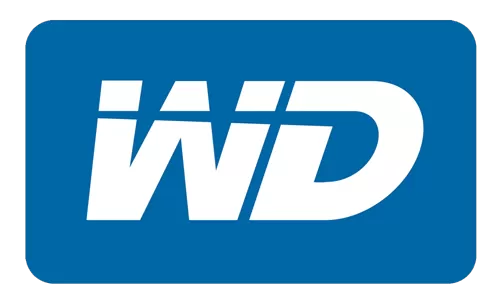


The electricity system is going through the biggest shakeup since its introduction 130 years ago. Unlike Electricity 1.0, however, the Second War of Currents has a third major player: the consumer, or perhaps more accurately, the prosumer. There will be winners, and there will be losers. A key component of the Fourth Industrial Revolution, it’s been called a $364 billion opportunity.

The Current War feels especially relevant in a time when the Edison’s and Westinghouse’s of today are competing to bring ‘ Electricity 2.0’ to the mainstream. AC power distribution from plants to homes ultimately triumphed, largely because it was cheaper, but DC would still prove very handy, eventually powering our smartphones, computers, cars and more. Now known as the War of Currents, the battle between Edison’s direct current (DC) system and Westinghouse’s alternating current (AC) system was one of the defining moments of the Second Industrial Revolution.įollowing ruthless propaganda campaigns led by Edison, debates over electrical safety, and a race to show the American people whose system was the most sustainable, the War of Currents settled down when the key players merged and consolidated in the early 1890s. The Current War tells the story of Thomas Edison (played by Benedict Cumberbatch) and George Westinghouse (Tom Holland) competing to create and market the dominant electrical system in the U.S.


 0 kommentar(er)
0 kommentar(er)
